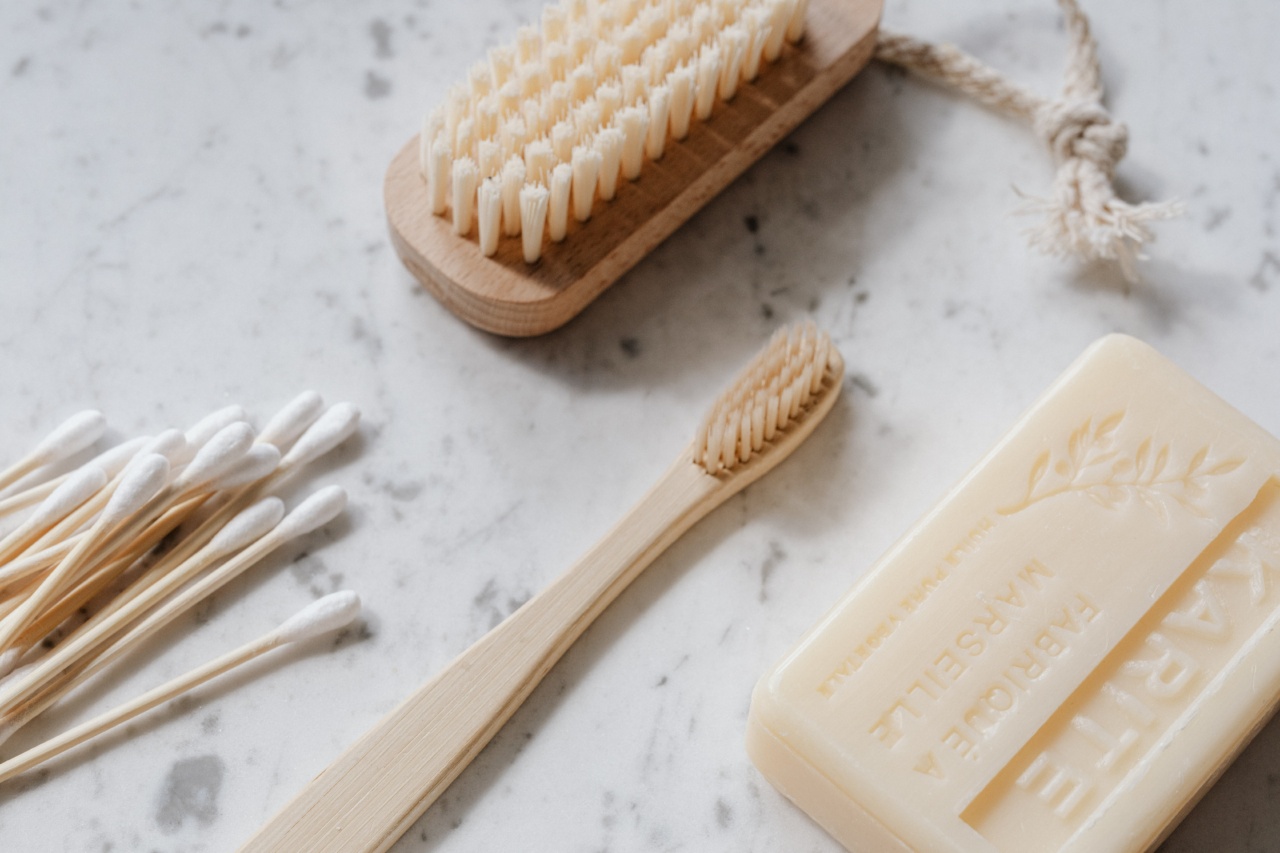Cotton swabs are commonly used to clean ears and remove earwax. However, many parents are unaware of the potential dangers associated with using cotton swabs in their kids’ ears.
While it may seem harmless, using cotton swabs can lead to various complications and injuries. In this article, we will explore the real risks of using cotton swabs in kids’ ears and provide alternatives for safe ear cleaning.
1. Ear Canal Damage
One of the main risks of using cotton swabs is the potential for causing damage to the ear canal. Inserting a cotton swab too far into the ear can push earwax deeper, leading to blockages or impacting the wax against the eardrum.
This can potentially result in pain, discomfort, and hearing loss.
2. Ear Infections
Another significant risk is the increased likelihood of developing ear infections. When cotton swabs are used to remove earwax, it can disrupt the delicate balance of bacteria in the ear canal.
This disruption can pave the way for bacteria or fungi to grow, causing infections that may require medical intervention.
3. Tympanic Membrane Perforation
The eardrum, also known as the tympanic membrane, is a sensitive part of the ear. Inserting a cotton swab too deeply into the ear can accidentally puncture or tear the eardrum.
This can be extremely painful and may require immediate medical attention to prevent further complications.
4. Pushing Earwax Further
Contrary to popular belief, using cotton swabs does not effectively remove earwax. Instead, it often pushes the wax further into the ear canal. This can create blockages and impact the clarity of hearing.
The natural movement of the jaw when chewing or talking usually helps to remove earwax naturally, so there is usually no need for invasive cleaning methods.
5. Impacted Earwax
Repeatedly using cotton swabs to clean the ears can lead to impacted earwax, which occurs when wax becomes tightly packed in the ear canal.
Impacted earwax can cause symptoms such as earaches, tinnitus (ringing in the ears), and even temporary hearing loss. Compacted wax often requires professional medical removal.
6. Allergic Reactions
Some children may be allergic to the material used in cotton swabs. Regular use of cotton swabs in the ear can lead to skin irritation, itching, or rashes.
It is important to be aware of any potential allergies and seek alternative methods of cleaning the ears to avoid these adverse reactions.
7. Damage to Middle Ear
If excessive force is applied while using a cotton swab, it can cause damage to the delicate structures of the middle ear. The middle ear contains important components such as the ossicles and the Eustachian tube, responsible for equalizing pressure.
Damage to these structures can result in hearing problems and other complications.
8. Incomplete Wax Removal
Using cotton swabs often only removes a portion of the earwax, leaving behind particles or debris that can accumulate over time. This can lead to a buildup of wax, increasing the risk of blockages, infections, and other complications.
It is best to avoid using cotton swabs altogether or seek professional assistance for thorough ear cleaning.
9. Risk of Objects Getting Stuck
Children are naturally curious and may attempt to insert small objects into their ears after observing adults using cotton swabs. This can result in objects getting lodged in the ear canal, leading to pain, infection, and potential damage.
Avoiding the use of cotton swabs minimizes the risk of children imitating this behavior.
10. Alternative Safe Ear Cleaning Methods
Instead of using cotton swabs, there are safer alternatives for cleaning kids’ ears:.
– Earwax softening drops: These drops help soften earwax, making it easier to naturally remove through jaw movements.
– Ear irrigation: This procedure involves using water or a saline solution to flush out excess earwax under medical supervision.
– Seek professional help: If there is a significant accumulation of earwax or persistent symptoms, consulting a healthcare professional is the best course of action.































